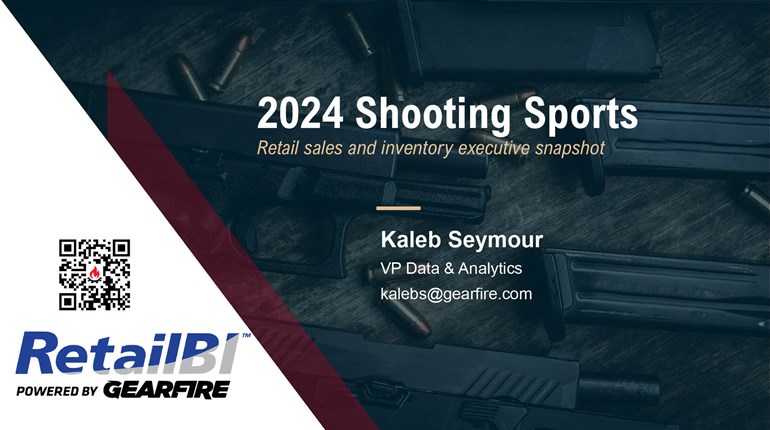
By paths clandestine and circuitous, our spies are headed for Atlanta and the 146th Annual Meeting of the National Rifle Association. While this is often a celebration as much as anything else for those who revel in the Bill of Rights and the Second Amendment, it’s right work for our trusty minions.
Here are a couple of things we’ve tasked them to hunt up, though what they’ll actually find may prove even more inventive. We’ll see.
Small Pistol Red Dots/Reflex Sights
Small pistols are a love/hate thing for us, and always have been. The compromising characteristics that the serious are forced to acknowledge in the “small package” guns are real, but are also importantly, er, trumped: The less-than-perfect defensive pistol you have with you is far more likely to prevent or diffuse a violent encounter than the perfect one left in your safe.
Two factors complicate this still more: Polymer materials have made wee gats much more tote-able, and truly remarkable improvements in reliability have blurred the go/no-go line. (Pistols like the Glock 42/43 and S&W Shield smack the notion of small gun inaccuracy upside the head in a way that’s hard to believe until you see it.) What’s still missing, however, is mating this technology with the newest generation of small carry guns.
What hasn’t changed much is how their modest proportions complicate the acquisition of sound pistolcraft (like here, here and here), especially where accuracy is concerned. It’s no mystery as to why, either: Little guns have short sight radii—the distance between the front and rear sight—and this is a pervasive pain, particularly if you’re on the wrong side of about 40. We expect we need not delve into the crucial ethical and legal importance of precision in defensive situations: Hit what you must, or don’t pull the trigger. Ever. Period. Always.
Red dots/sights are the bomb for these sighting issues. Because they put the aiming cue on the same visual plane as the target, fuzzy sights or fuzzy target go out the window: Your distance prescription (or surgically achieved “long” eye) is the ticket.
They are neuro-optically faster, too: no front/rear alignment (duh), but the dot also doesn’t need to be centered in the window of the sight. If the dot is on the target, go to work.
What’s still missing, however, is mating this technology with the newest generation of small carry guns. We think the folks at Suarez International have stolen a march on the competition with the L-Mount (though the estimable Mr. Suarez informs us a considerable update is close on the -L), and Guttersnipe in terms of retrofitting, but the application of similar innovations on and to smaller firearms is, we hope, just around the corner.
Absolutely smaller sights may be in the offing too, though this has one potential problem. If you give up too much window, that dot gets tough to find. But clever folks abound in gun-guy and gun-girl “space,” so we’ll hope to have something new to show you next week.
Suppressors
These have been alternately red-hot and deep-space cool depending on when you look in the last few years. As a huge benefit to preventing hearing loss, shooters have been flocking to them, despite the long wait and $200 federal stamp that is required on all NFA items. As the gents and ladies of the quieter (not silent!) community like to say, “Suppression: It’s the polite thing to do.”
Now the industry is suffering a crippling lull as collective breath is held for the Hearing Protection Act and its potential to relieve both the long waits (presently over a year) and the high fees of suppressor purchases.
We’re hoping for this, too, but also for more innovation.
<<Cue howling crowd, cries of “hang him!” >>
And no, we don’t mean that there hasn’t been plenty already. Titanium, swappable cores (for caliber changes) and attachment methods (among others) have all moved forward big-time in the last decade, but we can’t believe “freeing” this industry from 80-plus years of NFA shackles won’t bring even more.
One we’d especially like to see more of is offset baffling. This would ease the need for higher (read “new”) sights in many applications. At present, most set-ups obscure the sight picture with the suppressor body, meaning even more cost is embedded in suppressor ownership for taller sights. Outfits like SilencerCO and Advanced Armament have some examples, we’re just hoping for more.
Another the-dam-is-about-to-burst item is suppressor integration, like SilencerCo’s Maxim, and Gemtech and Integral Arms’ version of the 10/22.
As the gents and ladies of the quieter (not silent!) community like to say, “Suppression: It’s the polite thing to do.” We—and our old ears— add, “And the sooner, the better.”
Watch for (more) hot bulletins in A1F digital next week.
Frank Winn has been studying arms and their relationship to tyranny, meaningful liberty and personal security all his adult life. He has been a firearms safety/shooting instructor for more than 20 years, and earned state, regional and national titles in several competitive disciplines.


































